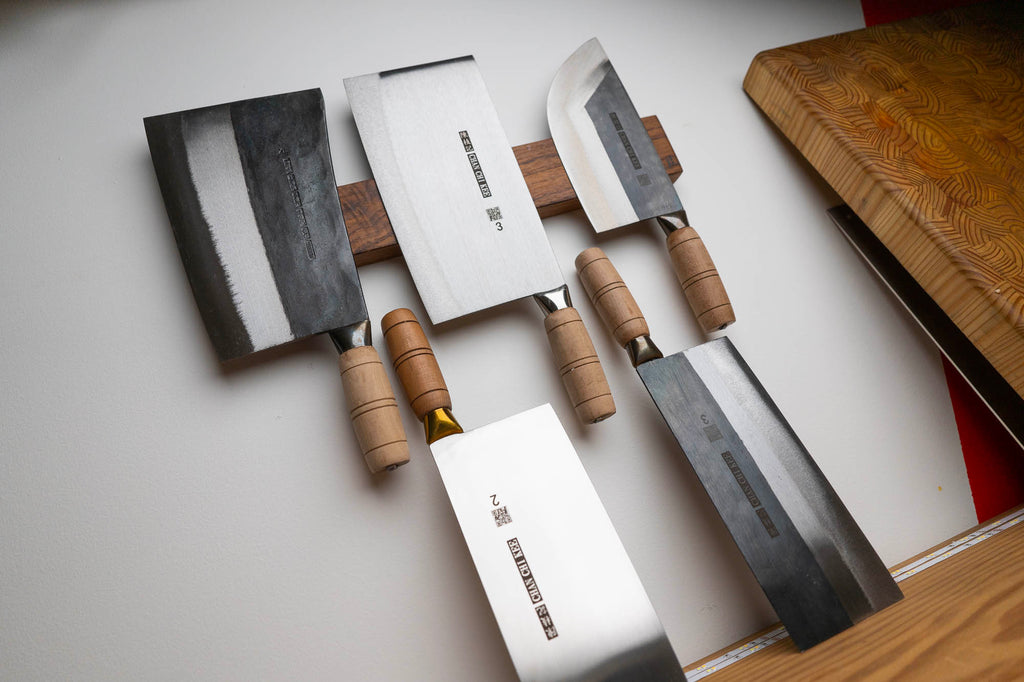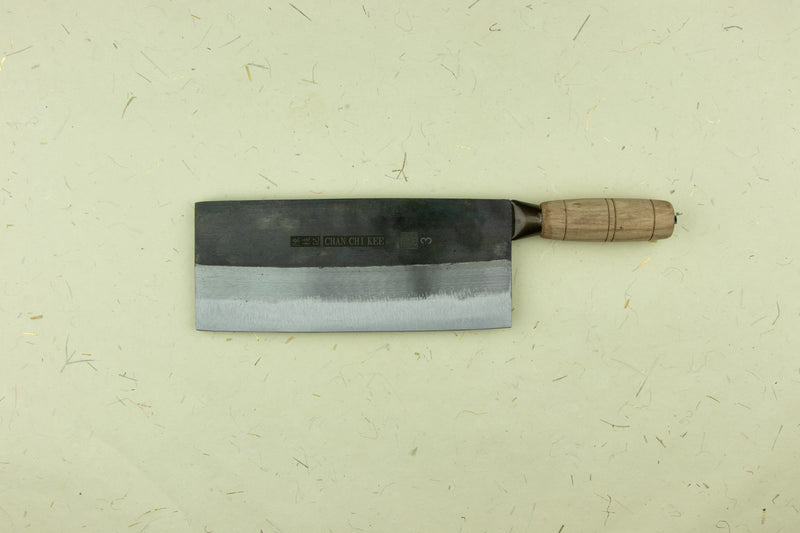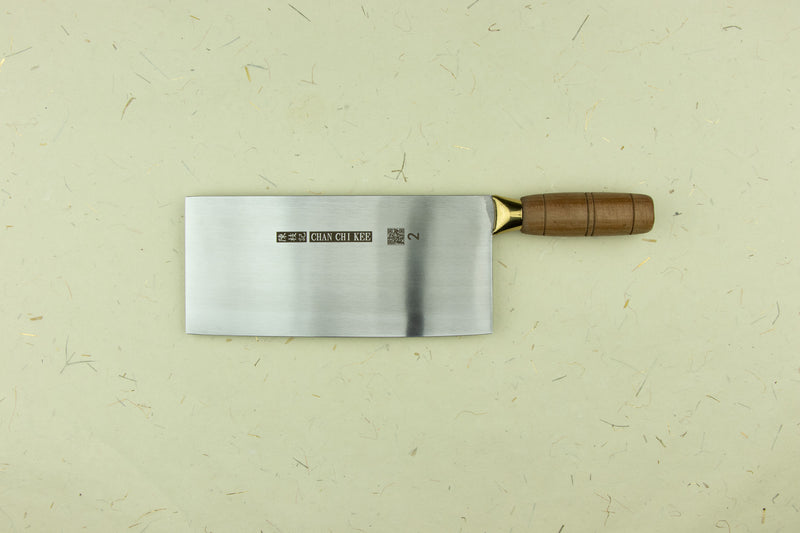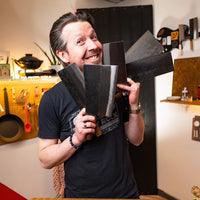
Chinese Cleaver and Chuka Bocho Comparison Guide
How to Choose a Chinese Cleaver or Chuka Bocho
Chinese cleavers have a well-deserved reputation for versatility in the kitchen, but they actually come in a variety of sizes and thicknesses that are each tailored to a different range of tasks. Some are amazing slicers but not for chopping bones, while others can chop through bones with ease but will wedge when cutting dense vegetables. The Japanese version of a Chinese cleaver is called a chuka bocho, and such knives add even more options to choose from in terms of harder steels that can stay sharp longer but are not as tough and durable. In this blog, I’m going to break down the factors that determine what a Chinese cleaver can be used for and help you pick the right one!
What's The Best Chinese Cleaver?
People will be happiest and most satisfied with a cleaver that is fit for purpose, so first ask yourself this: what do you want out of your knife? If you want to be able to cut bones, what is the biggest one you’ll ever need to chop? Do you prefer a lighter knife or a heavier one? How much does design, fit, and finish matter to you? Will you be ok with wiping off a rust-prone carbon steel knife as you use it, washing it as soon as you’re done, and letting a stained patina develop; or would you prefer the easy maintenance of stainless steel?
For your convenience, I’m going to rank the cleavers sold by Knifewear according to the following criteria:
- Slicing will be determined by thin-ness and sharpness. This category is about how well the knife will cut boneless meat and vegetables.
- Chopping will be determined by thickness and durability. This category is about how well the knife will cut bones and other hard materials.
- Edge retention will be determined by the hardness of the steel. This category is about how long the knife will stay sharp.
- Corrosion resistance will be determined by steel type, construction, and finish. This category is about how much the knife will stain and how easily it can rust.
Rankings will be made on a five-point scale, with a higher number meaning better performance in that category. Please bear in mind that these numbers are relative to the other knives that we carry. A “low” ranking for edge retention at Knifewear will still stay sharp for a surprising amount of time! I’ll also include point-form text descriptions of more qualitative factors. For those who prefer to watch and listen, check out my Chinese Cleaver Super Comparison video on our YouTube channel.

Chan Chi Kee (CCK) Chinese Cleaver Rankings and Buying Guide
Hailing from Hong Kong, CCK is one of the top Chinese producers of cleaver knives. If you’d like to know more about them, head on over to their brand profile blog post!















